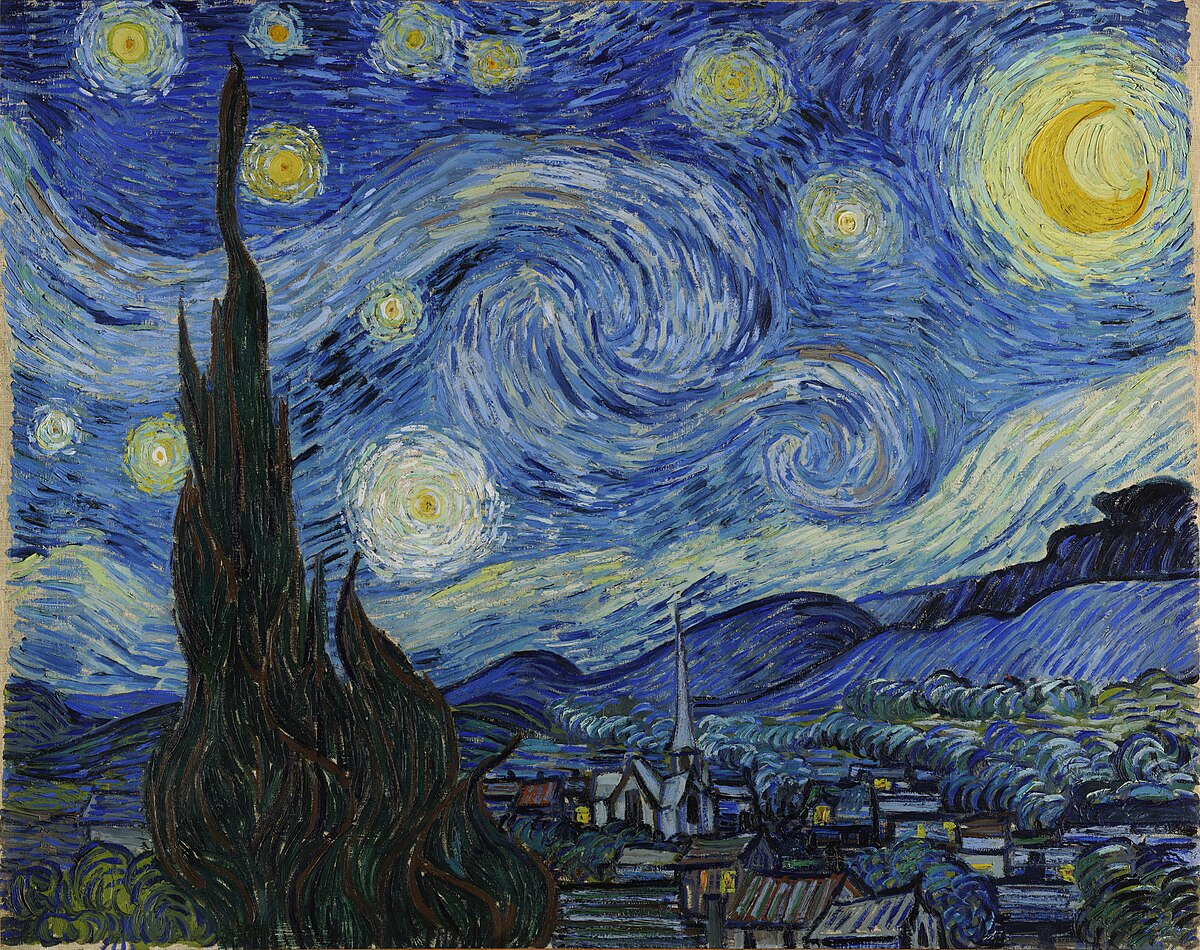
Meaning of Van Gogh's Starry Night Painting
The painting The Starry Night, by Vincent van Gogh, was painted in 1889. It is an oil on canvas, measuring 74 cm X 92 cm, and is located at the Museum of Modern Art in New York (MoMA).
The painting depicts the landscape from the artist's bedroom window while he was in the Saint-Rémy-de-Provence asylum, and is considered one of the Dutch artist's most significant works.
Interpretation and context
Vincent van Gogh painted this painting when he was in the Saint-Rémy-de-Provence asylum, where he voluntarily admitted himself in 1889. Van Gogh had a troubled emotional life, suffering from depression and psychotic episodes.
During the time he was hospitalized he carried out several studies of places in the hospital, such as the corridor and the entrance. His departures were controlled, which left him with limited themes for painting.
At the hospital, Van Gogh had access to two cells: one where he slept, and another on the ground floor, where he could paint. The Starry Night is the view from the room he slept in, just before sunrise. The painter could not complete his paintings in this room, but he had charcoal and paper, which he used to make sketches and later finish the works.
Van Gogh was a post-impressionist and was considered one of the pioneers of modern art. We can see in his works a representation of the world, with strong brushstrokes, but almost no abstraction.
The painting The Starry Night is considered one of Van Gogh's most important, as it contains some small abstractions, which would become essential material for modernism.
Also take the opportunity to read the article Van Gogh's fundamental works and his biography.